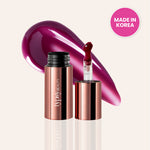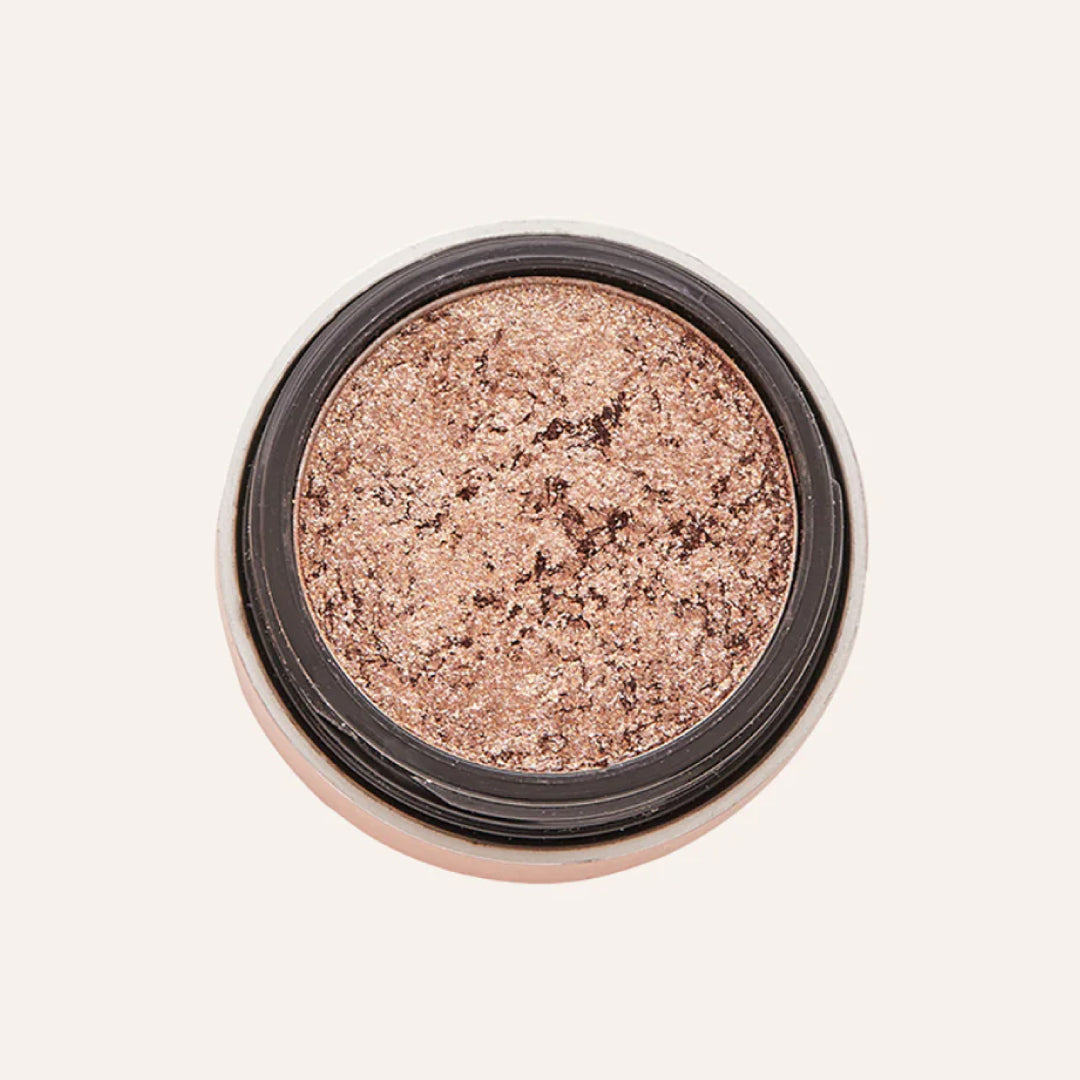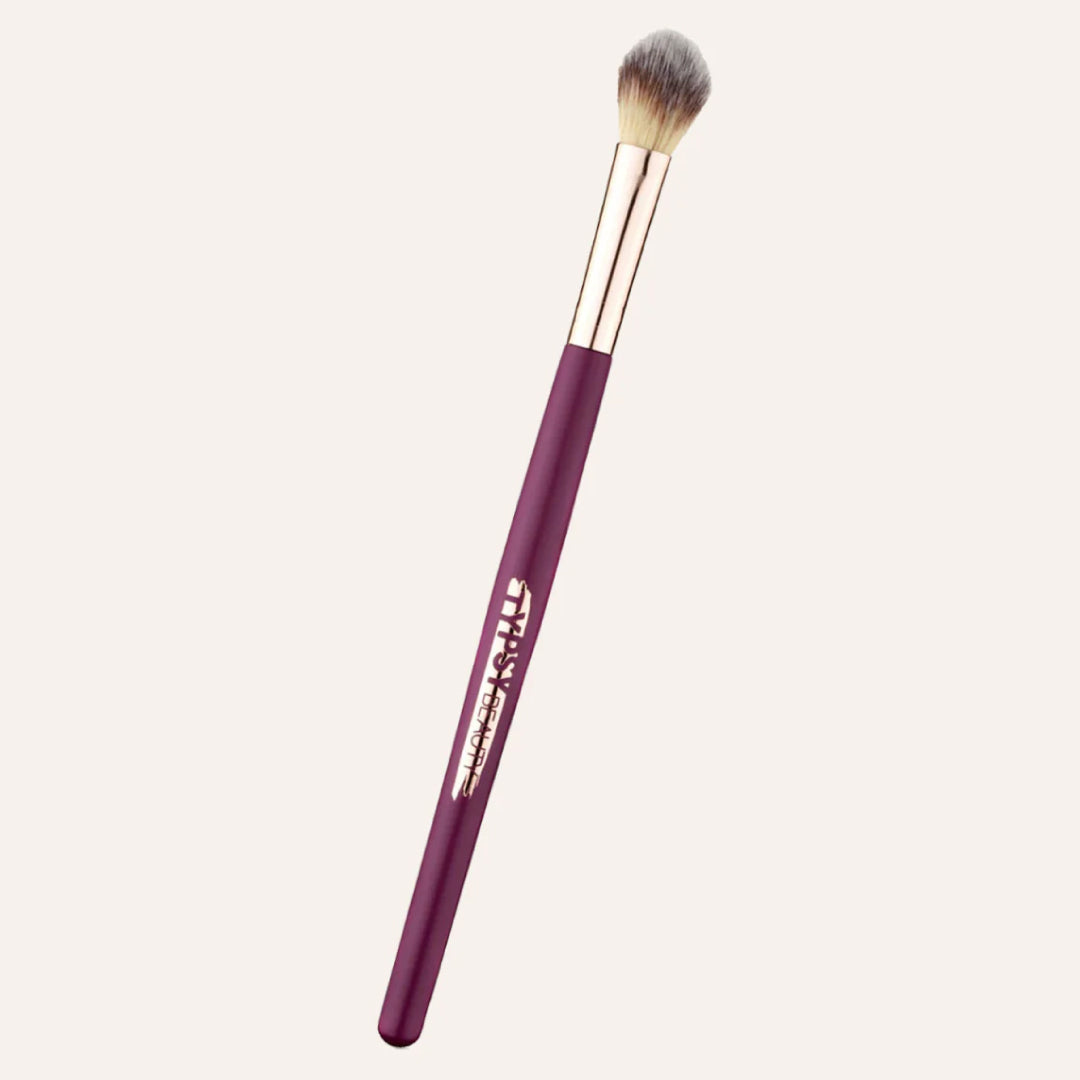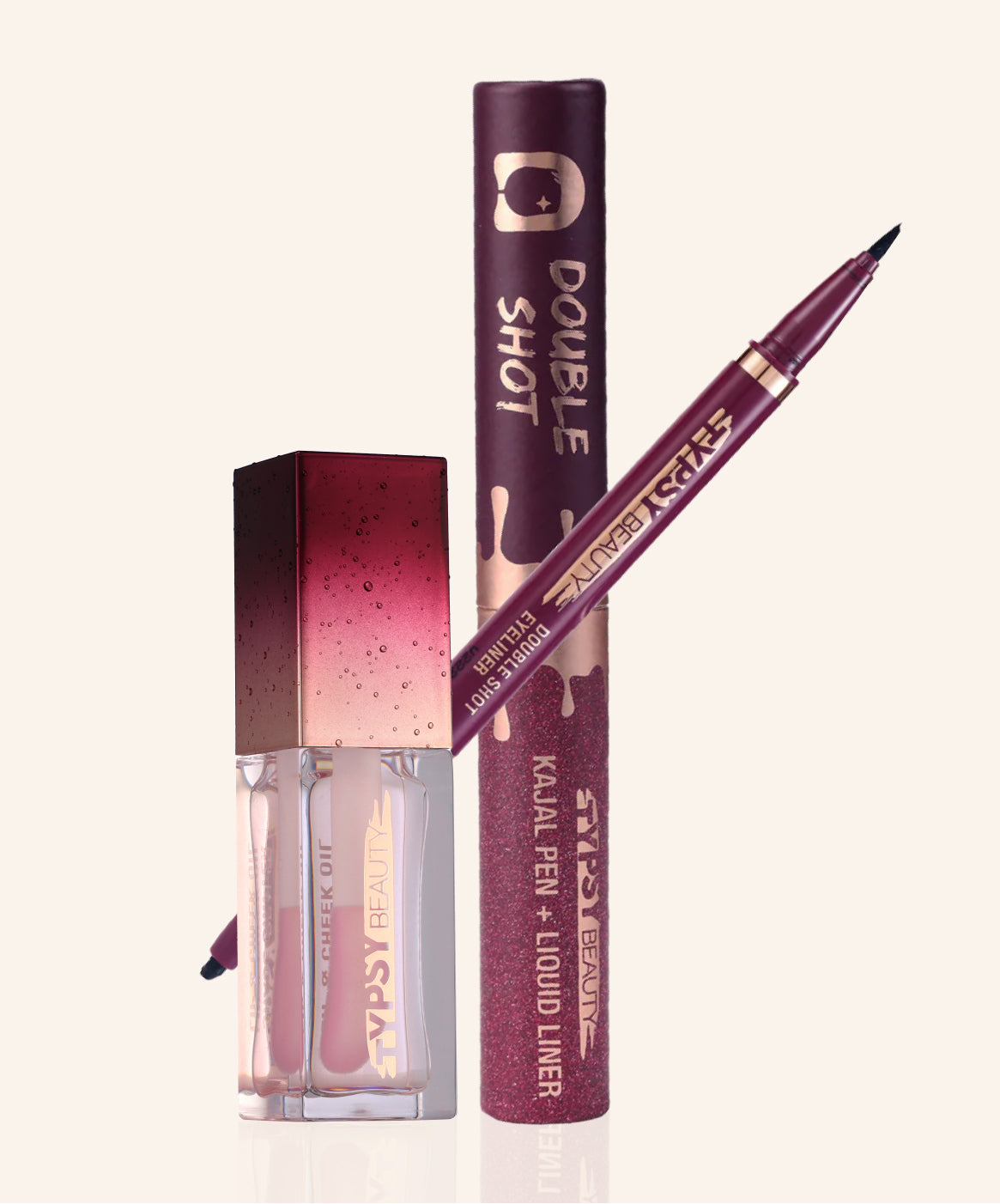- Buy More, Save More
- Flat 450 Off above 1799 | Flat 250 Off above 1399
- Buy More, Save More
- Flat 450 Off above 1799 | Flat 250 Off above 1399
- Buy More, Save More
- Flat 450 Off above 1799 | Flat 250 Off above 1399
- Buy More, Save More
- Flat 450 Off above 1799 | Flat 250 Off above 1399
- Buy More, Save More
- Flat 450 Off above 1799 | Flat 250 Off above 1399
- Buy More, Save More
- Flat 450 Off above 1799 | Flat 250 Off above 1399
How to Determine Your Skin Type: A Step-by-Step Guide
Maya Deiss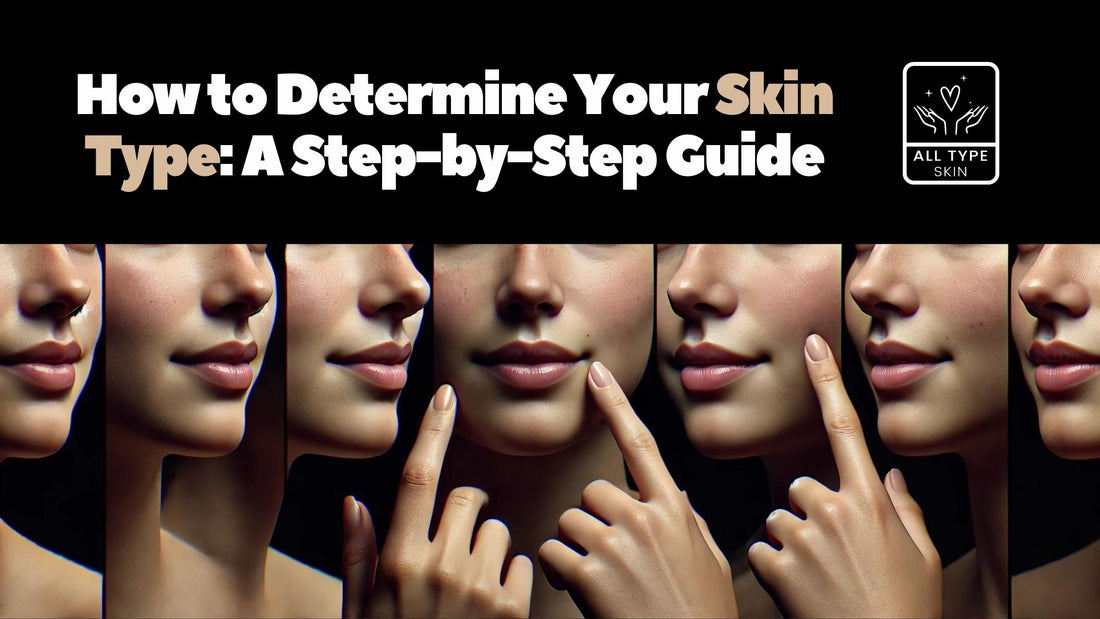
Wondering how to know what type of skin I have?
Discovering your skin type is the foundation of creating a tailored skincare routine that keeps your complexion healthy and radiant. In this comprehensive guide, we'll walk you through a simple skin type test at home and share valuable tips on how to understand your skin type better. Let's dive in and learn how to check skin type like a pro!
Why Knowing Your Skin Type Matters
Before we explore how to find out skin type, let's discuss why it's crucial. When you know your skin, you can select products that cater to its specific needs, preventing issues like dryness, oiliness, or irritation. It's like finding the perfect pair of jeans—when you know my skin type, you can choose skincare that fits like a glove!
Understanding your skin type helps you make informed decisions about your skincare regimen, ensuring that you're providing your skin with the nourishment and care it deserves. By using products that are tailored to your skin type, you can minimize the risk of adverse reactions and maximize the benefits of your skincare routine.
How to Check Face Skin Type at Home
Ready to determine your skin type? Here are two easy and reliable methods for a skin type test at home:
The Bare-Face Method
- Cleanse your face with a gentle cleanser and pat it dry. Be sure to use lukewarm water and avoid harsh scrubbing, as this can irritate your skin and affect the accuracy of the test.
- Wait for 30 minutes without applying any products. This allows your skin to return to its natural state, giving you a more accurate assessment of your skin type.
- Observe your skin in the mirror. If it feels tight and uncomfortable, you likely have dry skin. If your T-zone (forehead, nose, and chin) is shiny and slightly greasy, you might have combination skin. An all-over shine and a slick feel suggest oily skin, while a balanced, comfortable feel indicates normal skin.
The Blotting Sheet Method
- Gently pat a blotting paper on different areas of your face, including your forehead, nose, cheeks, and chin. Be careful not to rub the paper, as this can spread oil and affect the results.
- Hold the sheet up to the light to examine the amount of oil absorbed. If the sheet has little to no oil, you have dry skin. If the sheet shows oil primarily from your T-zone, you have combination skin. Oily skin will leave a significant amount of oil on the sheet from all areas of your face.
Remember, these tests are not foolproof, and your skin type can change over time due to factors like age, hormones, and environmental conditions. It's a good idea to reassess your skin type periodically to ensure that you're using the most suitable products.
Understanding the 4 Skin Types
Now that you know how to check face skin type, let's explore the four main categories in more detail:
Normal Skin
If you have normal skin, consider yourself lucky! This skin type is well-balanced, with a smooth texture and minimal sensitivity. Your skin is not too oily or dry, and you rarely experience breakouts or irritation. To maintain the health of your normal skin, use a gentle cleanser, a lightweight moisturizer, and a broad-spectrum sunscreen daily.
Dry Skin
Dry skin often feels tight and uncomfortable, especially after cleansing. You may notice flakiness, rough patches, or fine lines more readily than other skin types. Dry skin is often sensitive and can be prone to itching or redness. To care for dry skin, use a creamy, hydrating cleanser, a rich moisturizer, and a gentle exfoliant once or twice a week to remove dead skin cells.
Oily Skin
If you have oily skin, you're probably all too familiar with the midday shine and the frequent appearance of blemishes and blackheads. Your skin produces excess sebum, which can lead to clogged pores and breakouts. To manage oily skin, use a foaming or gel-based cleanser, a lightweight, oil-free moisturizer, and a mattifying sunscreen. Be sure to exfoliate regularly to keep your pores clear and your skin looking fresh.
Combination Skin
Combination skin is the most common skin type, characterized by an oily T-zone and dry or normal cheeks. Finding the right balance of products can be tricky, as you need to address both the oily and dry areas of your face. Use a gentle cleanser, a lightweight moisturizer on your T-zone, and a slightly richer moisturizer on your cheeks. Spot-treat blemishes as needed, and use a clay mask once or twice a week to help control oil and unclog pores.
Is There a Best Skin Type?
You might wonder, "Which skin type is best?" The truth is, there isn't a "best" skin type. Each has its advantages and challenges. For example, oily skin tends to age more slowly and is less prone to wrinkles, while normal skin is generally well-balanced and requires minimal special care.
The key is to understand and care for your specific skin type, embracing its unique qualities and learning to work with them.
Oily vs. Dry Skin: Which is Better?
Another common question is, "Which is better, oily or dry skin?" Again, neither is inherently better than the other. Oily skin can be prone to acne and breakouts, but it often ages more slowly and is less likely to develop fine lines and wrinkles.
Dry skin, on the other hand, can be sensitive and prone to irritation, but it rarely suffers from the blemishes and shininess associated with oily skin. The goal is to manage your skin type effectively with the right products and techniques, minimizing its challenges and maximizing its strengths.
Understanding Indian Skin Types
If you're curious about Indian skin types, they typically fall into the combination category, with a tendency towards oiliness in the T-zone. Indian skin is often described as wheatish, ranging from light yellow to deep brown tones.
The warm undertones and propensity for hyperpigmentation are also characteristic of Indian skin. Knowing these unique attributes can help you choose suitable skincare products that cater to your skin's specific needs, such as those that help control oil, brighten the complexion, and prevent the formation of dark spots.
Finding the Right Products for Your Skin Type
Once you know your skin, it's time to find products that cater to its needs. Consider brands like Typsy Beauty, which offer a range of options for different skin types:
- For a flawless base, explore their face makeup products. Start with a primer that suits your skin type, then apply a foundation or tinted moisturizer that matches your skin tone. Conceal blemishes and dark circles with their Hangover Proof Full Coverage Concealer, and set your makeup with the Hustle and Grind Setting Powder for a long-lasting, matte finish.
- Make your eyes pop with Typsy Beauty's eye makeup products. Define your eyes with a smudge-proof eyeliner, add color and dimension with a vibrant eyeshadow palette, and enhance your lashes with a volumizing mascara. Don't forget to frame your eyes with their eyebrow products, which include brow pencils, gels, and powders to help you achieve your desired look.
- Add a pop of color to your pout with Typsy Beauty's lip makeup products. From bold, matte lipsticks to glossy, hydrating lip oils, they have options for every occasion and skin type. Their lip products are infused with nourishing ingredients like vitamin E and shea butter to keep your lips soft, smooth, and kissable.
- Achieve a gorgeous glow when you buy blush online from Typsy Beauty. Their blushes come in a variety of finishes, from subtle mattes to luminous shimmers, and a range of shades to suit every skin tone and type. Whether you prefer a natural flush or a more dramatic pop of color, Typsy Beauty has a blush that will help you achieve your desired look.
Conclusion
Understanding your skin type is the first step to achieving healthy, glowing skin. By using the simple methods outlined in this guide, you can know your skin better and tailor your skincare routine accordingly. Remember, whether you have dry, oily, combination, or normal skin, embracing your unique complexion is the key to feeling confident and beautiful in your own skin!
Ready to give your skin the love it deserves? Explore Typsy Beauty's range of high-quality, skin-type specific makeup and skincare products today! With their commitment to using clean, cruelty-free ingredients and their wide selection of products for every skin type and concern, Typsy Beauty is your one-stop-shop for all your beauty
FAQs
How can I check my skin type at home?
Try the bare-face method or the blotting sheet method for a quick and easy assessment of your skin type. These tests will help you determine whether you have dry, oily, combination, or normal skin.
Which skin type is best?
There is no "best" skin type; each has its own benefits and challenges. The key is to understand and care for your specific skin type, using products that cater to its unique needs and characteristics.
What are the 4 skin types?
The four main skin types are normal, dry, oily, and combination. Normal skin is well-balanced, dry skin tends to be flaky and tight, oily skin is prone to shine and breakouts, and combination skin has an oily T-zone with dry or normal cheeks.
Which is better, oily or dry skin?
Neither oily nor dry skin is inherently better than the other. Each skin type requires specific care and attention to manage its unique characteristics and minimize potential issues like acne or irritation.
What is Indian skin type?
Indian skin typically falls into the combination category, with a tendency towards oiliness in the T-zone. It is often described as having a wheatish tone, ranging from light yellow to deep brown, with warm undertones and a propensity for hyperpigmentation.






